By Harris Bokhari
With only days before our country ushers in a new prime minister, the question many of our diverse communities are asking is: how representative will the future Cabinet be?
Despite Theresa May being the second female prime minister in our history, the fact that we still have never had a gender equal Cabinet is shocking. Canadian prime minister Justin Trudeau when asked, four years ago, why he had gender parity in his Cabinet, said, “Because it’s 2015.”
In 2019, our government’s lack of gender balance was put into sharp focus with the absence of any meaningful diversity in May's top team of special advisors.
While initiatives like the Race Disparity Audit are important steps towards publicising racial inequalities across the public sector, without diversity in representation among the people who actually have the power to make policy decisions, the changes we need to see happen won’t be forthcoming.
This is 2019, we shouldn’t be hoping for a diverse cabinet - it should be a given. And this should not only be a given for government, but also for the official opposition and the other political parties that seek to represent us.
At a time when our country is more divided than ever, the need for our political leaders to unite our different patchwork of communities has never been more important.
Our politics and policymaking can only be as good as the diverse range of voices within it, voices that need not to be reflected only in our elected officials, but also in the civil service. The role of civil servants at this moment of political upheaval is as crucial as that of ministers they work for.
Looking at the permanent secretaries who sit across Whitehall; we can see that we have made great strides in the fight for gender equality.
Under Sir Mark Sedwill’s leadership, more female permanent secretaries have continued to be appointed. The current cadre of permanent secretaries is the most gender diverse, yet there is much still to do on a wider breadth of diversity. The fact there has not been any ethnic minority heading one of our Government departments since Sharon White left the Treasury in 2015 shows the civil service, while being one of our better equality employers, needs to urgently move the dial faster on representation of ethnic minorities at senior levels.
This is made all the more relevant as the UK Civil Service was assessed to be at the top of a worldwide ranking comparing “Civil Service Effectiveness” against their international counterparts. Bearing in mind the current demands on the public sector this is a great feat, not least for Sir Mark as Cabinet Secretary. There has also, more recently, been a push from the upper echelons of the civil service to not only engage on inclusion issues internally, but to bring about a civil service that is reflective of society as a whole and the communities it serves. This is being done through a range of initiatives and efforts: from the “fast stream” diverse recruitment drive; reverse mentoring; and dedicated talent schemes to name a few.
However, diversity for the sake of diversity is not good for our politics, and we have seen how those from minority backgrounds who have been poorly supported, and been promoted despite clearly not being suitable, have had a damaging impact on the generation to follow. But today, we know we have enough quality women and ethnic minorities not only to serve in a new cabinet, but also with external diverse recruitment, to serve at the most senior levels of the civil service.
The question is: will our next prime minister institute positive change in our politics - change that can bring our communities together - by appointing the most diverse Cabinet to match the most diverse Parliament that has ever been elected?
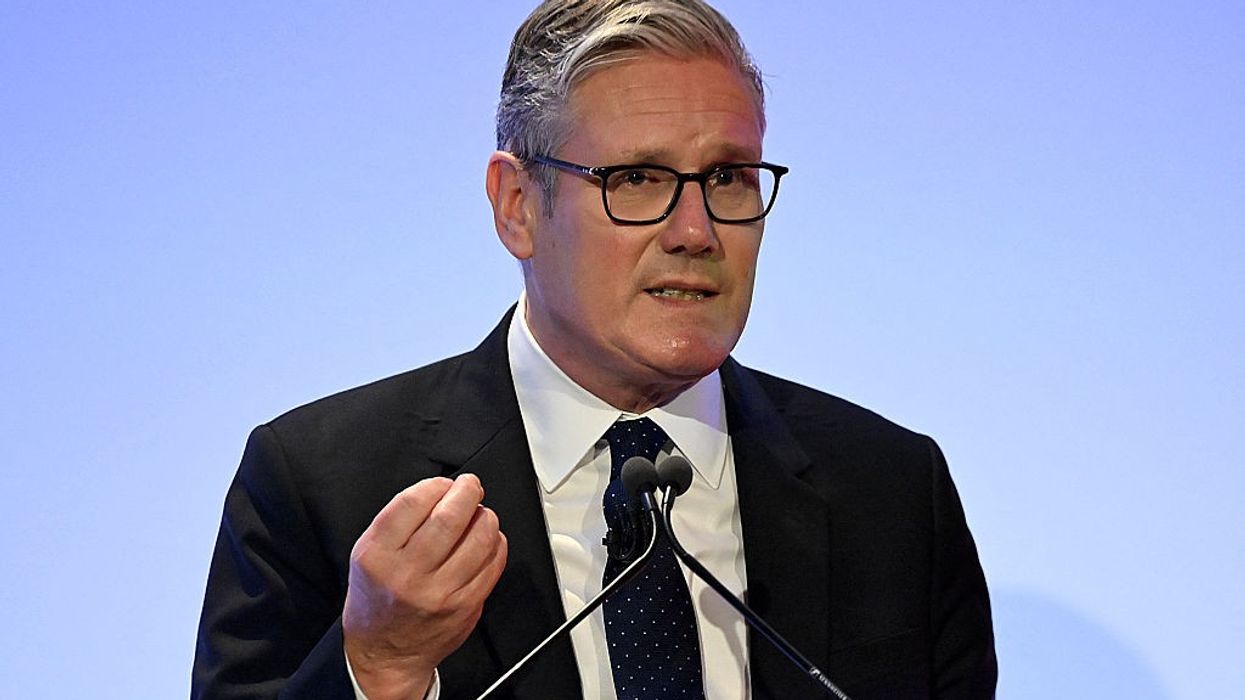

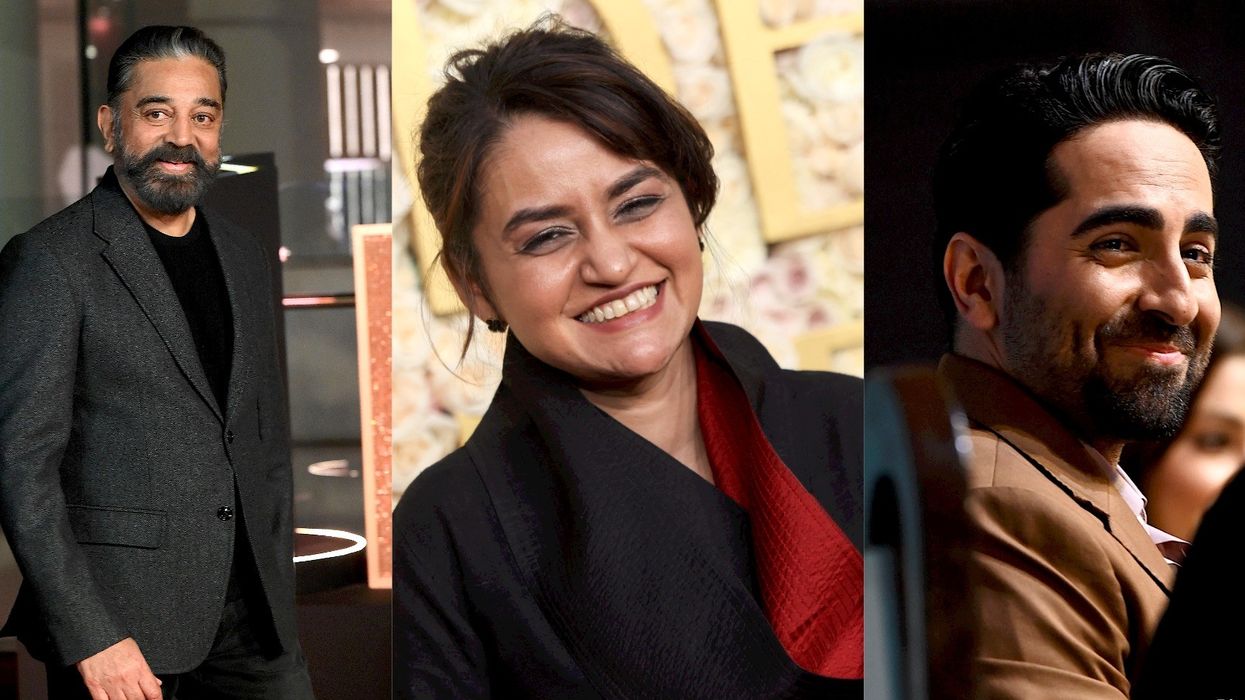
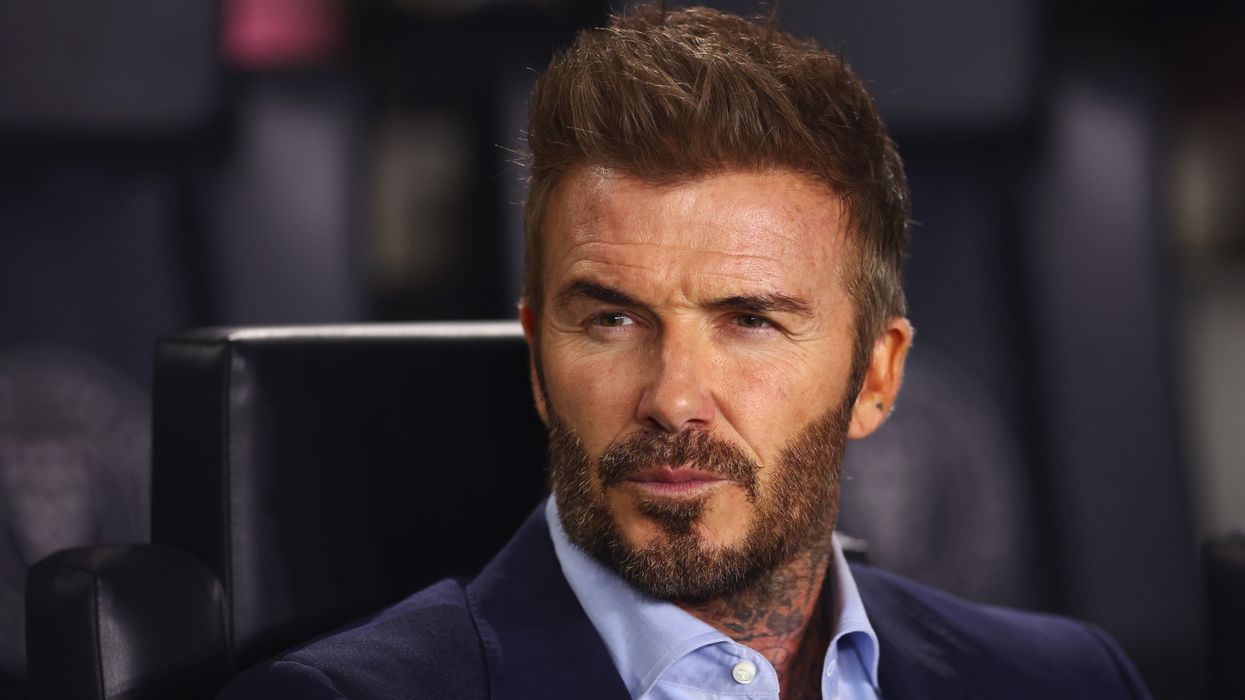

 David Beckham wearing a David Austin Roses "King's Rose" speaks with King Charles III during a visit to the RHS Chelsea Flower Show at Royal Hospital Chelsea on May 20, 2025Getty Images
David Beckham wearing a David Austin Roses "King's Rose" speaks with King Charles III during a visit to the RHS Chelsea Flower Show at Royal Hospital Chelsea on May 20, 2025Getty Images









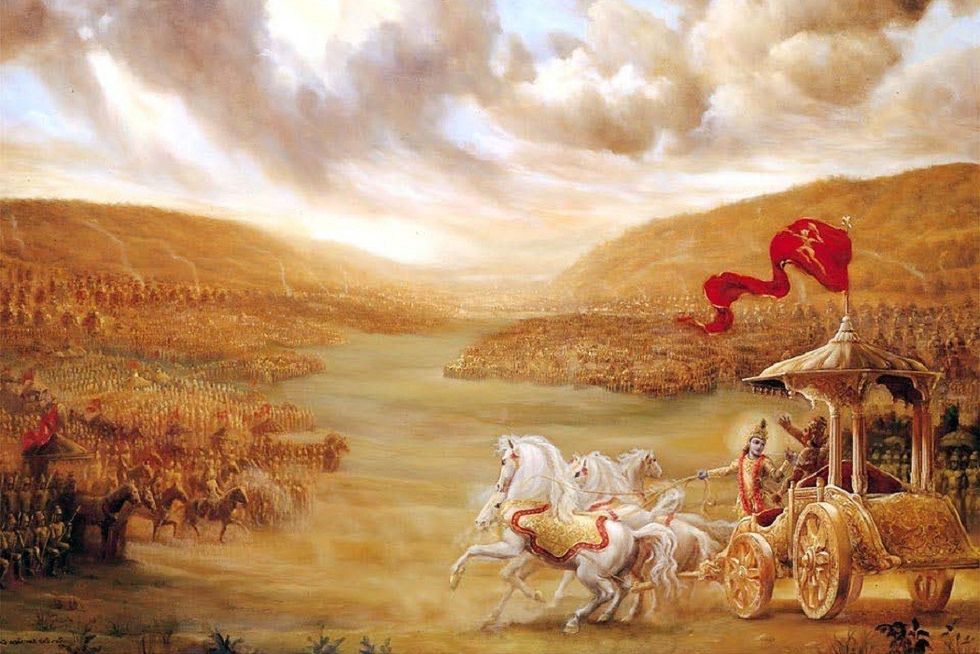 Kurukshetra battlefield illustration
Kurukshetra battlefield illustration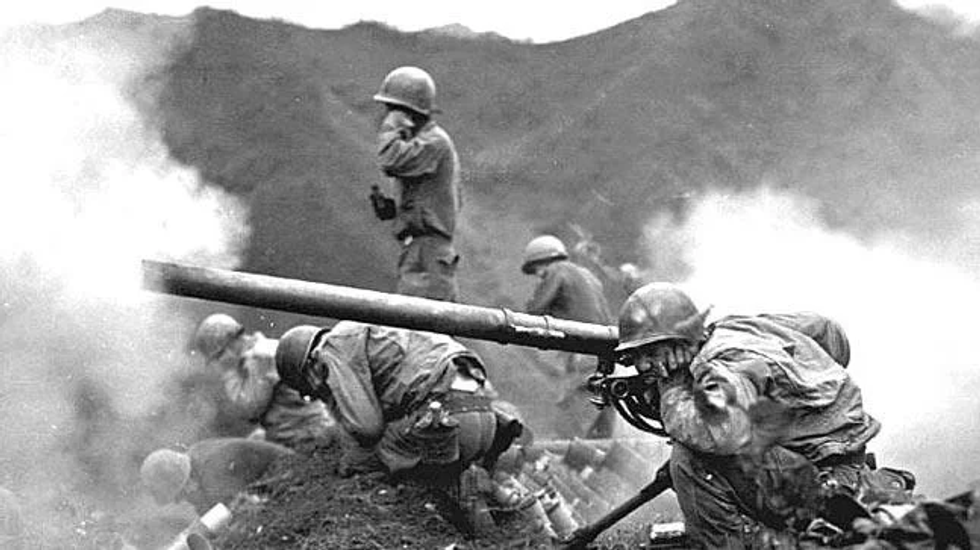
 Chanakya
Chanakya 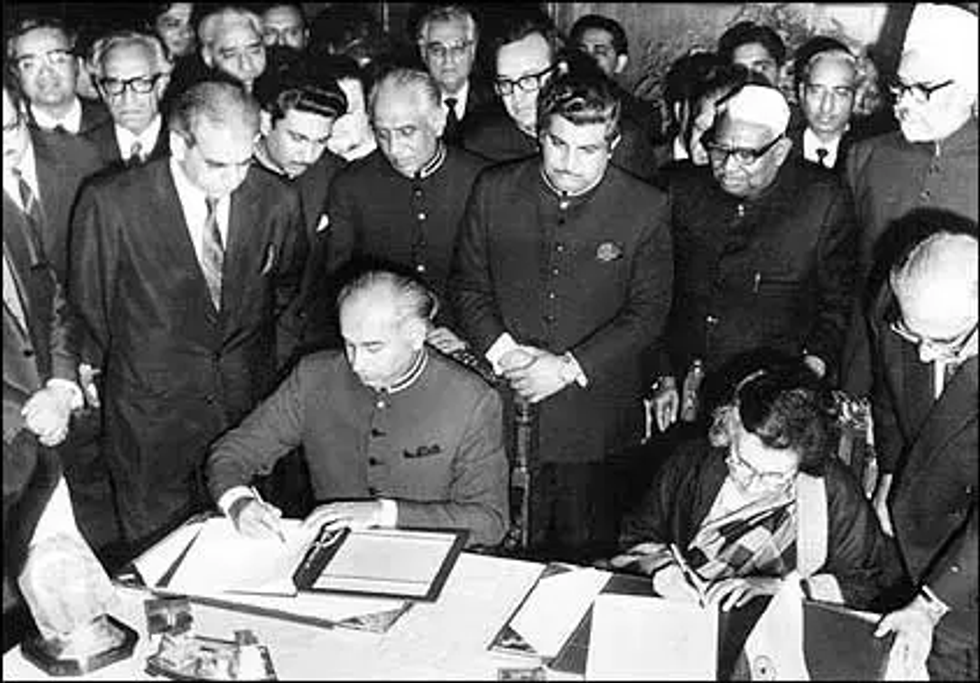 Shimla Agreement
Shimla Agreement Kargil War 1999
Kargil War 1999
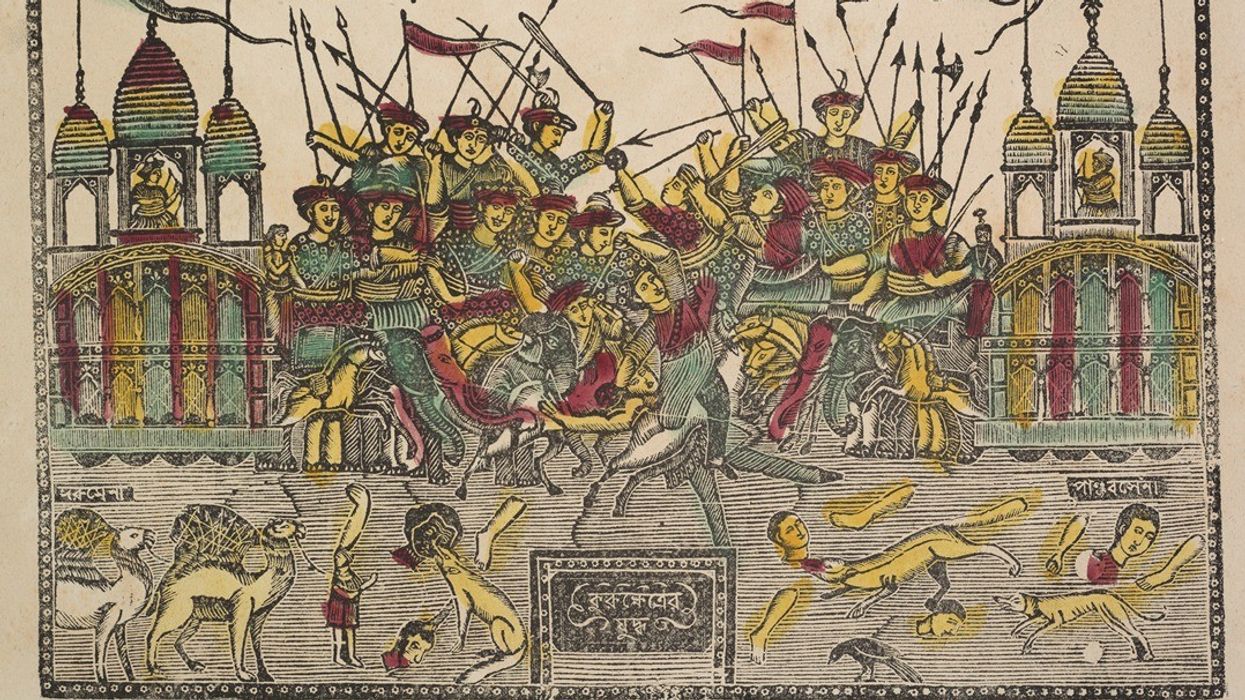
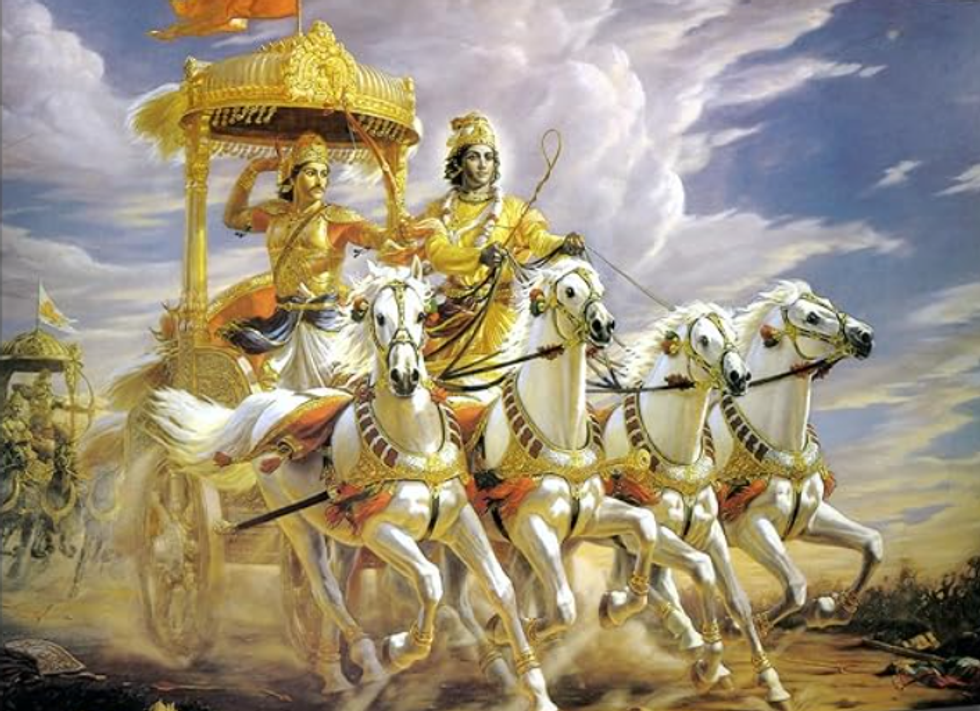 Vivid depiction of the Kurukshetra battlefield, showcasing Arjuna and Krishna in the chariot amidst the chaos of warAmazon
Vivid depiction of the Kurukshetra battlefield, showcasing Arjuna and Krishna in the chariot amidst the chaos of warAmazon
Will our new prime minister appoint the most diverse Cabinet to match the most diverse parliament that has ever been elected?